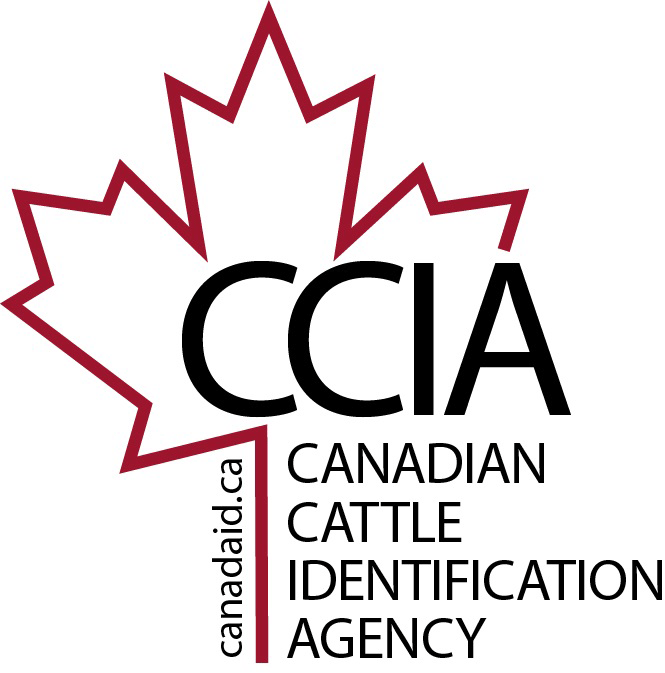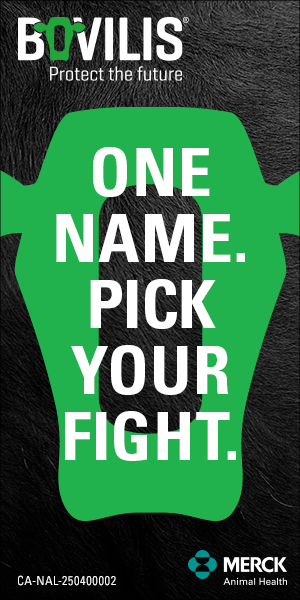AB Direct - Steers
Rail: 496.00-500.00 del
AB Direct - Heifers
Rail: 496.00-500.00 del
US Trade- Steers
Rail: 365.00-372.00 (IA, NE)
US Trade - Heifers
Rail: 365.00-372.00 (IA, NE)
Canadian Dollar
0.10

Celebrating 25 Years | Canada’s traceability pioneers
“The core objective of the Canadian Cattlemen’s Association (CCA) National Cattle Identification program is to create a system whereby every bovine animal sold by its original owner, and leaving its herd of origin, bears a unique identification number. That unique identification number will remain with that animal until it is slaughtered and after slaughter will serve to identify the carcass and its products and will be maintained as an identifying number until 60 days post slaughter.”
Source: Summary of Key Findings and Future Directions, by Charles Gracey, Proceedings of the May 7, 1997, National Identification and Information Workshop, Calgary, Alberta
The development of ID numbers
At the time, the dairy sector already had a system of numbering that predated computers and required a lot of data management for things like breed, birth date, and gender that were not necessarily relevant to trace back. After looking at that, it was decided to assign a random number that was quite simply the next in the series. The next important factor would be to reserve blocks of numbers that may be unique to an identifiable group.
This concept of a registry – to give out and record numbers – would be key to the success of the program, and several different options were discussed including expanding Ontario’s registry at the time, the existing brand inspection registry, or having producers register their animals in the appropriate breed registries. But there were potential issues with overlap between registries, and it was unclear how a coordinated approach could be facilitated. So, a working group was struck up to explore appropriate protocol and standards to ensure an affordable, reliable, low-complexity system.
Canadian Cattle Identification Agency was formed
The first Annual General Meeting was held on March 5, 1998, during which Carl Block was acclaimed as Chairman and Blair Vold as Vice-Chairman. Some highlights include this recommendation from the Technical Committee, which was carried:
“To best meet the requirements at both the producer and packer level, a basic system consisting of a metal or plastic tag inscribed with a unique identification standardized number, bar code, and logo (maple leaf in a circle) identifying authenticity, is recommended. This system will offer the flexibility to administer additional options for identification providing the criteria of the national ID system are attained.”
Also recommended was a nine-digit tag numbering system, starting with the country code and consistent with International Organization for Standardization (ISO) standards – elements of which are still in place today. Tag trials were also discussed to test retention, readability, reliability, and the overall quality of the product.
This article was first published in Volume 3 Issue 1 of ABP Magazine (February 2023). Watch for more digital content from the magazine on ABP Daily.


